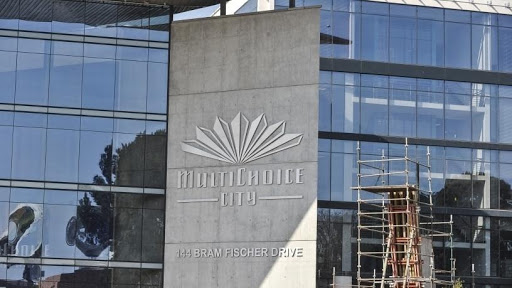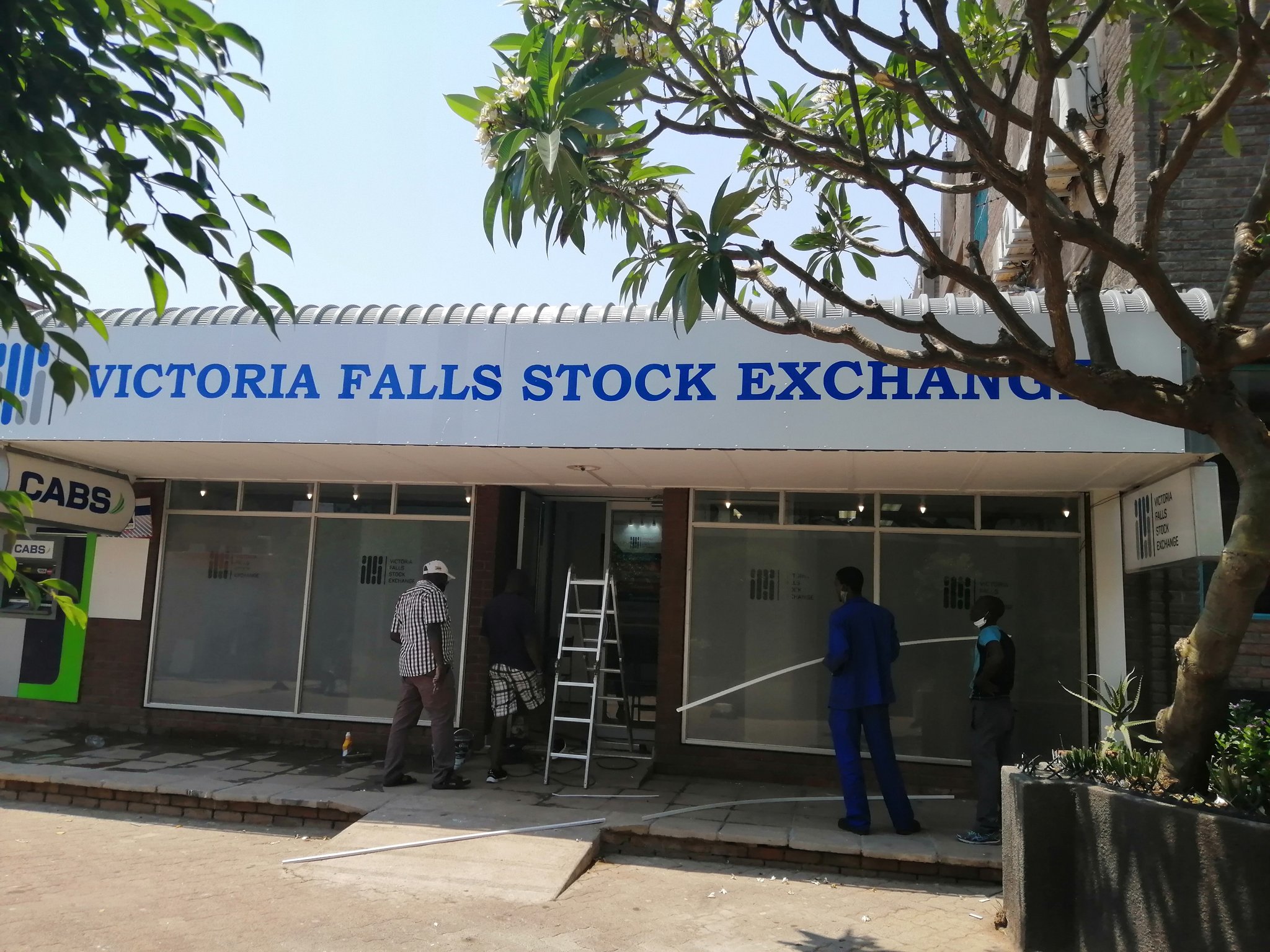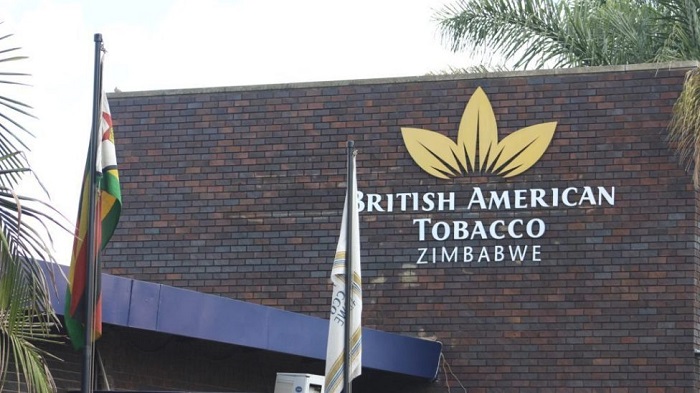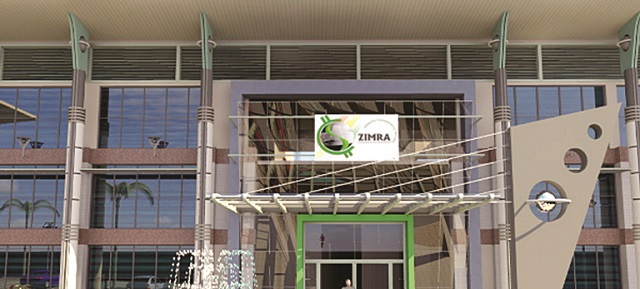Will commodities price fall affect Zim?
Gold, Zimbabwe’s biggest foreign currency earner, is expected to decline to US$1 750 from an average US$1 795 per ounce in 2021. Last year, Zimbabwe’s gold production jumped to 29,6 tonnes in 2021 from 19 tonnes in 2020, representing an increase of 55,51 percent.
After souring to levels not seen in nearly a decade in 2021, global prices of most commodities are expected to soften this year as supply constraints ease.
Prices of a wide range of commodities climbed to their highest since the 2011 spike largely due to booming demand as the economies recovered from the pandemic.
As global growth softens and supply disruptions are resolved, metal prices are forecast to fall 5 percent in 2022, after rising by an estimated 48 percent in 2021, according to the World Bank’s Commodity Markets Outlook.
Prices of agricultural commodities are expected to decline modestly next year as supply conditions improve and energy prices stabilise, noted the World Bank.
Gold, Zimbabwe’s biggest foreign currency earner, is expected to decline to US$1 750 from an average US$1 795 per ounce in 2021. Last year, Zimbabwe’s gold production jumped to 29,6 tonnes in 2021 from 19 tonnes in 2020, representing an increase of 55,51 percent.
Primary gold producers delivered a total of 11,12 tonnes compared to 9,7 tonnes in 2020.
Deliveries from small-scale gold producers also increased to 18,4 tonnes from 9,3 tonnes.
Platinum is expected to fall to US$1 000 per ounce from US$1 091 in 2021 while palladium is projected to decline to US$2 021 from US$2 450 per ounce. Nickel is also expected to fall to US$17 750 from US$18 465 per tonne.
The price of wheat is projected to decline to US$225 from US$269 per tonne while maize is expected to fall to US$250 from US$282 per tonne.
Cotton prices are expected to gain 5 percent, as last year’s closing stocks are rapidly reduced on the back of strong global demand outpacing supply.
In 2021, the average cotton price gained by 41 percent year on year to US$2,23 per kg, according to Index Box, a market research firm. However, the spike in natural gas prices could negatively impact the production of agriculture commodities and pose an upside risk to price forecasts.
Fertiliser production has been severely affected by higher natural gas prices, driving up the costs of inputs.
In Zimbabwe, the cost of importing ammonia has more than doubled over the past 12 months due to high natural gas prices after supplying countries imposed some restrictions on exports.
Natural gas is a critical raw material for production of fertiliser and an increase in ammonia cost leads to a shortage of the commodity and a spike in prices.
Sable Chemicals, Zimbabwe’s sole manufacturer of ammonium nitrate, said natural gas prices soared by 120 percent to US$1 400 per tonne in January 2022, from US$625 the same period last year.
Zimbabwe imports ammonia from South Africa. The surge in commodities helped Zimbabwe record the highest ever foreign exchange receipts in 2021.
Foreign receipts amounted to US$9,7 billion from US$6,3 billion in 2020, according to the Reserve Bank of Zimbabwe (RBZ). Exports increased by 66,6 percent to US$6,2 billion “This performance, which dwarfs the previous record of US$7,6 billion recorded in 2013, is attributable to increased international commodity prices, increased international remittances and the gold incentives put in place by the Government,” RBZ governor Dr John Mangudya said in the 2022 Monetary Policy Statement on Monday.-The Herald









